Outerwear
The latest Outerwear breaking news, comment, reviews and features from the experts at T3
-
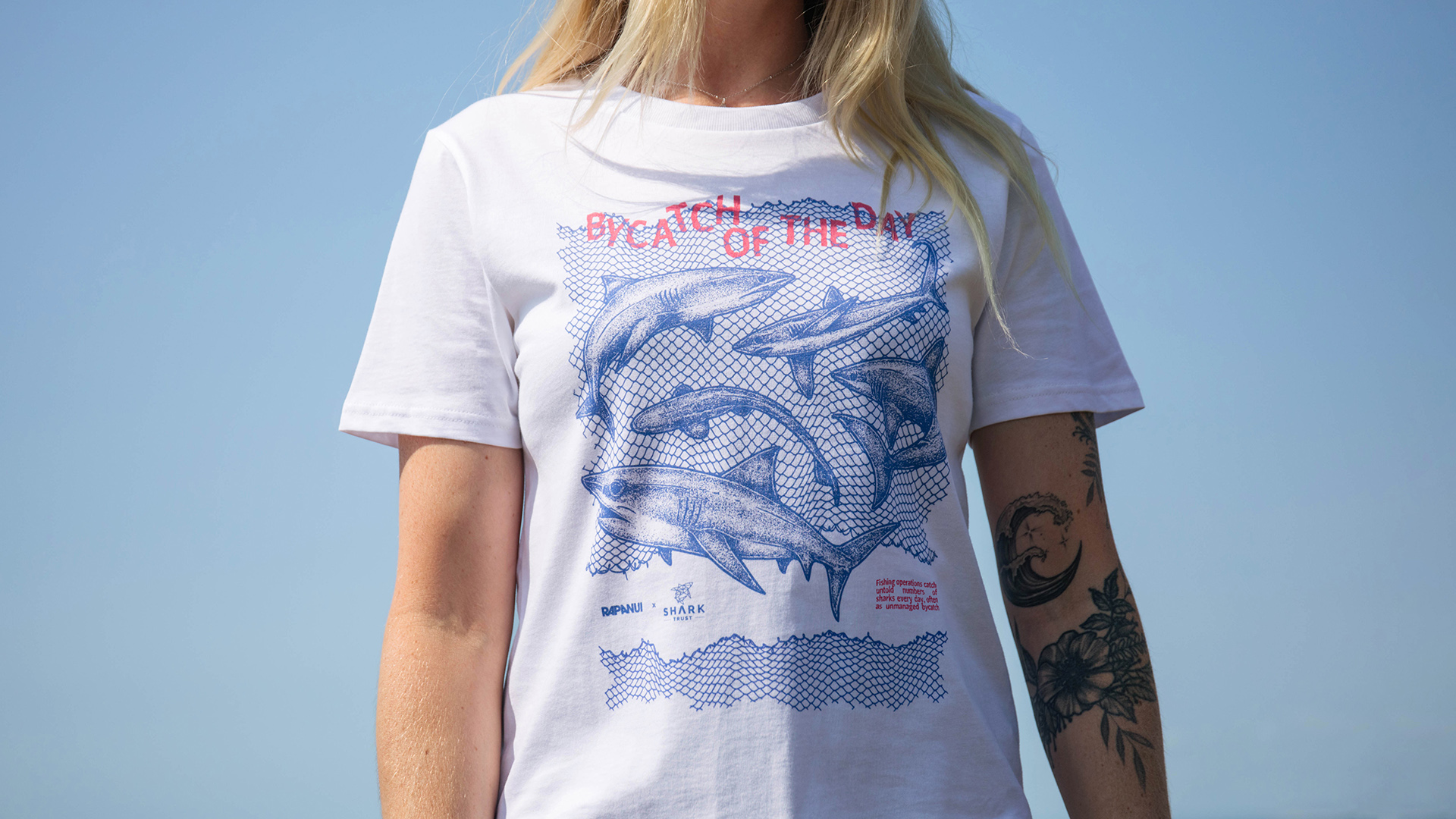
Shark attack! Rapanui’s new tees make waves for a good cause
The brand's limited-edition shark T-shirts aim to help save the UK's most misunderstood predators
By Matt Kollat Published
-

Patagonia’s Nano Puff jacket just got its biggest update in years
The brand’s do-it-all insulation layer just got warmer, tougher, and cuter
By Matt Kollat Published
-
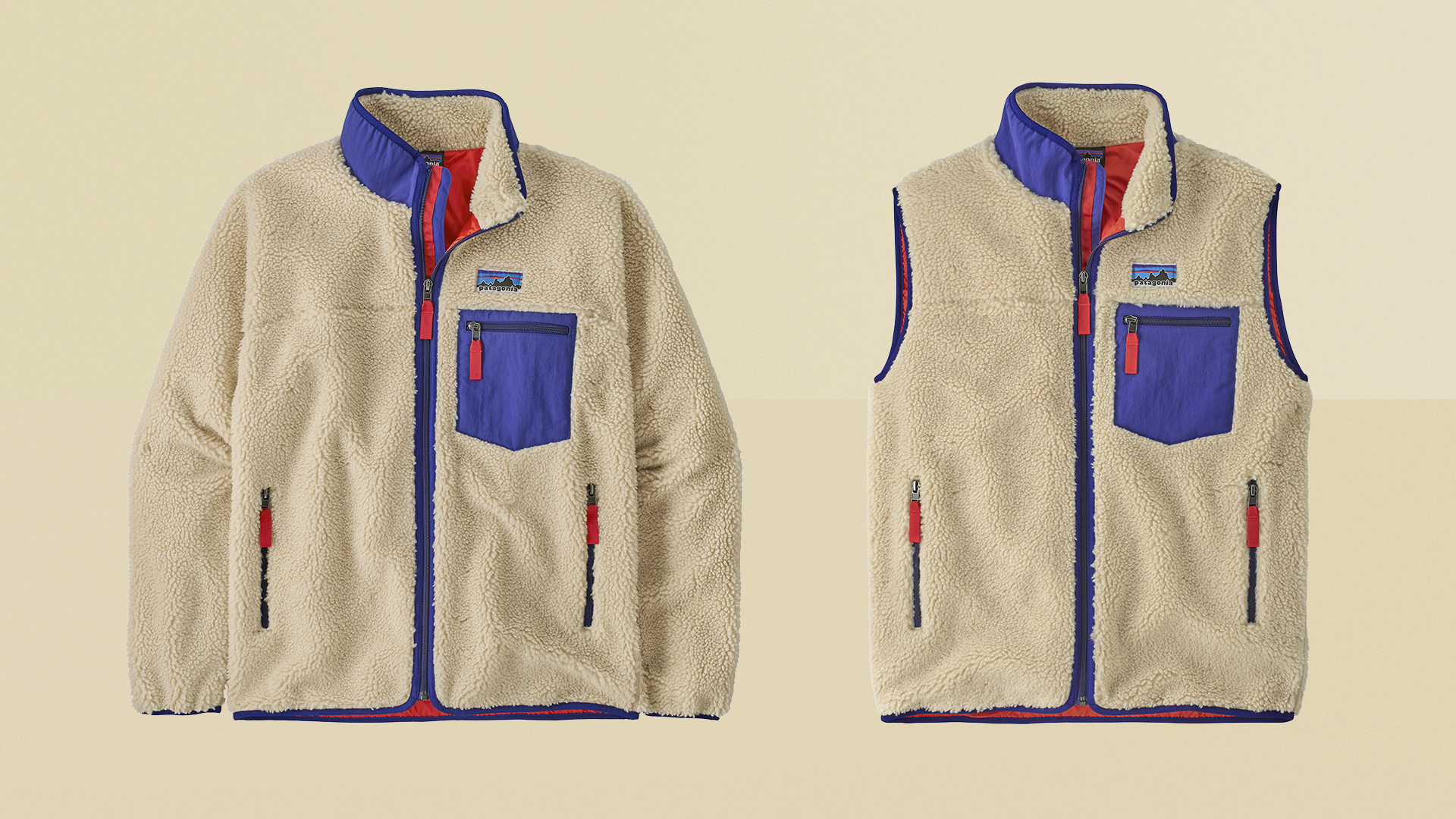
Patagonia quietly reinvents one of its most iconic fleeces for 2025
The Retro-X fleece has been subtly redesigned for a new era, and longtime fans will want to take note
By Matt Kollat Published
-
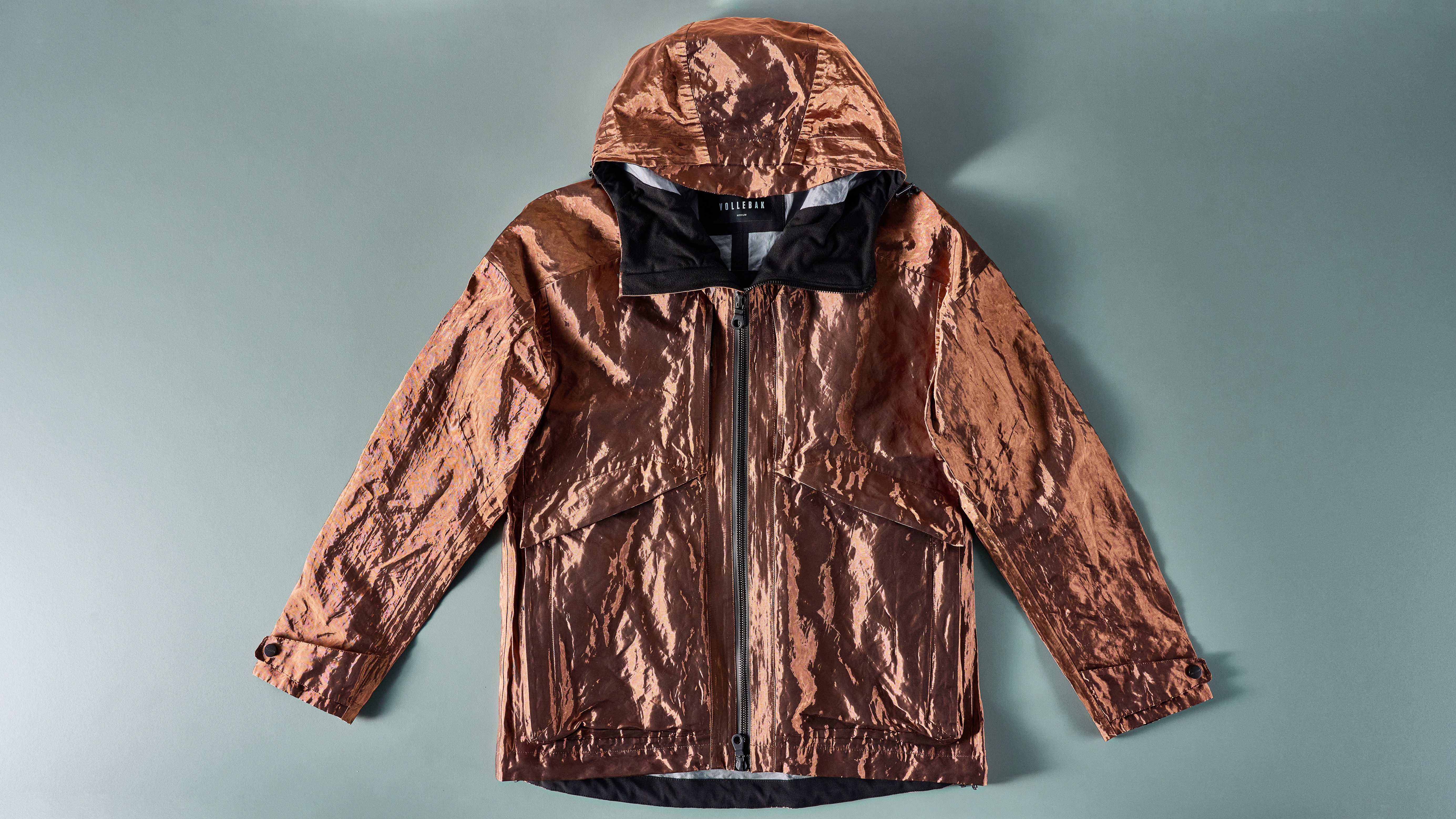
I tried the Vollebak Full Metal Jacket – it's the future of outerwear and I get the hype entirely
This is the future of outerwear – and it's here right now
By Sam Cross Published
-

The North Face makes its heritage streetwear official with new Red Box line
By Matt Kollat Published
-
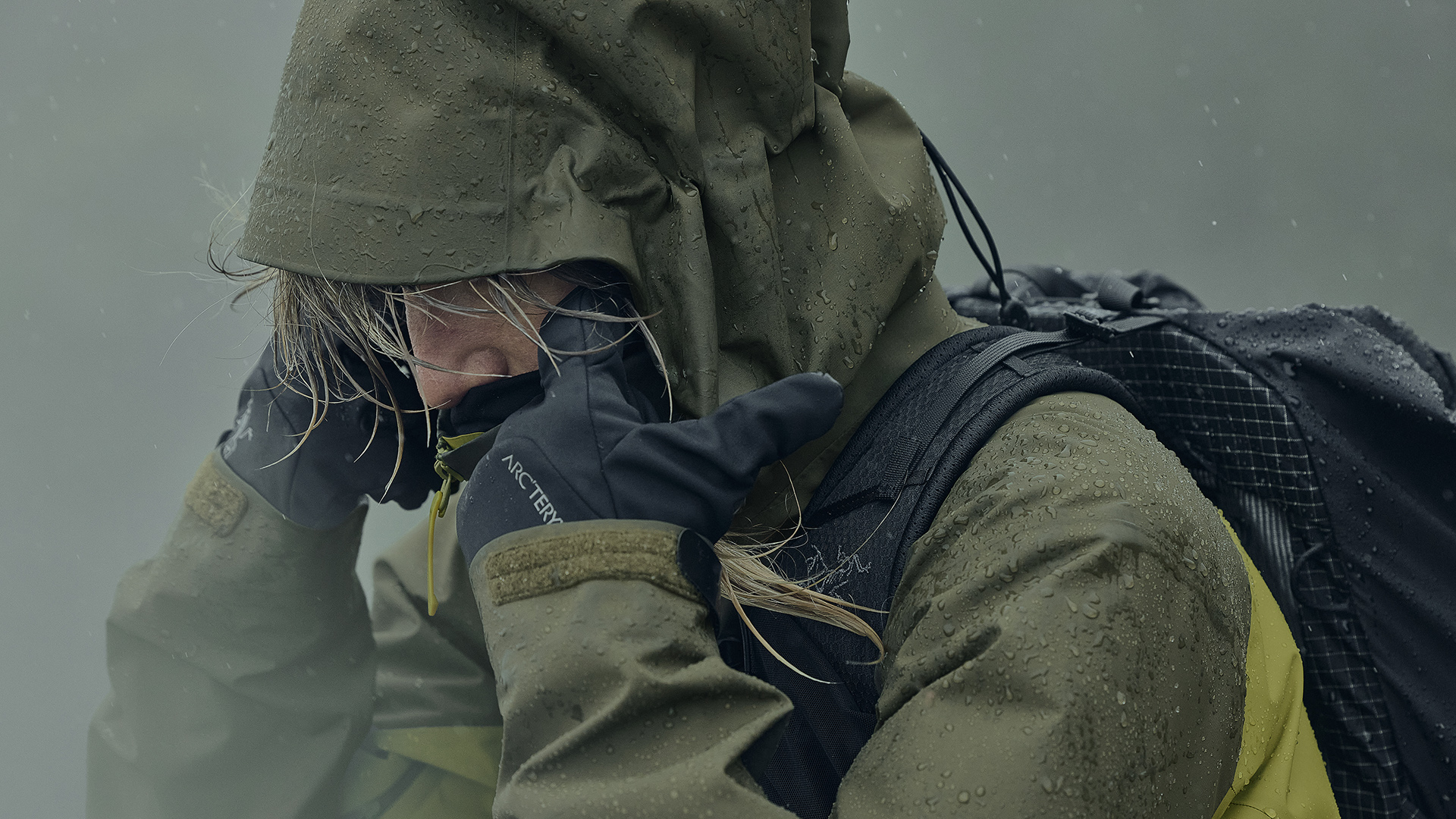
25 years in the making: Arc'teryx redefines its most famous shell
The Beta AR celebrates 25 years with a new PFAS-free GORE-TEX PRO upgrade
By Matt Kollat Last updated
-

This futuristic bomber jacket can block Wi-Fi, Bluetooth and satellite signals (and it’s made with Mars Rover tech)
The Electromagnetic Shielding Bomber is built with tech designed for NASA’s Curiosity Rover
By Matt Kollat Published
-
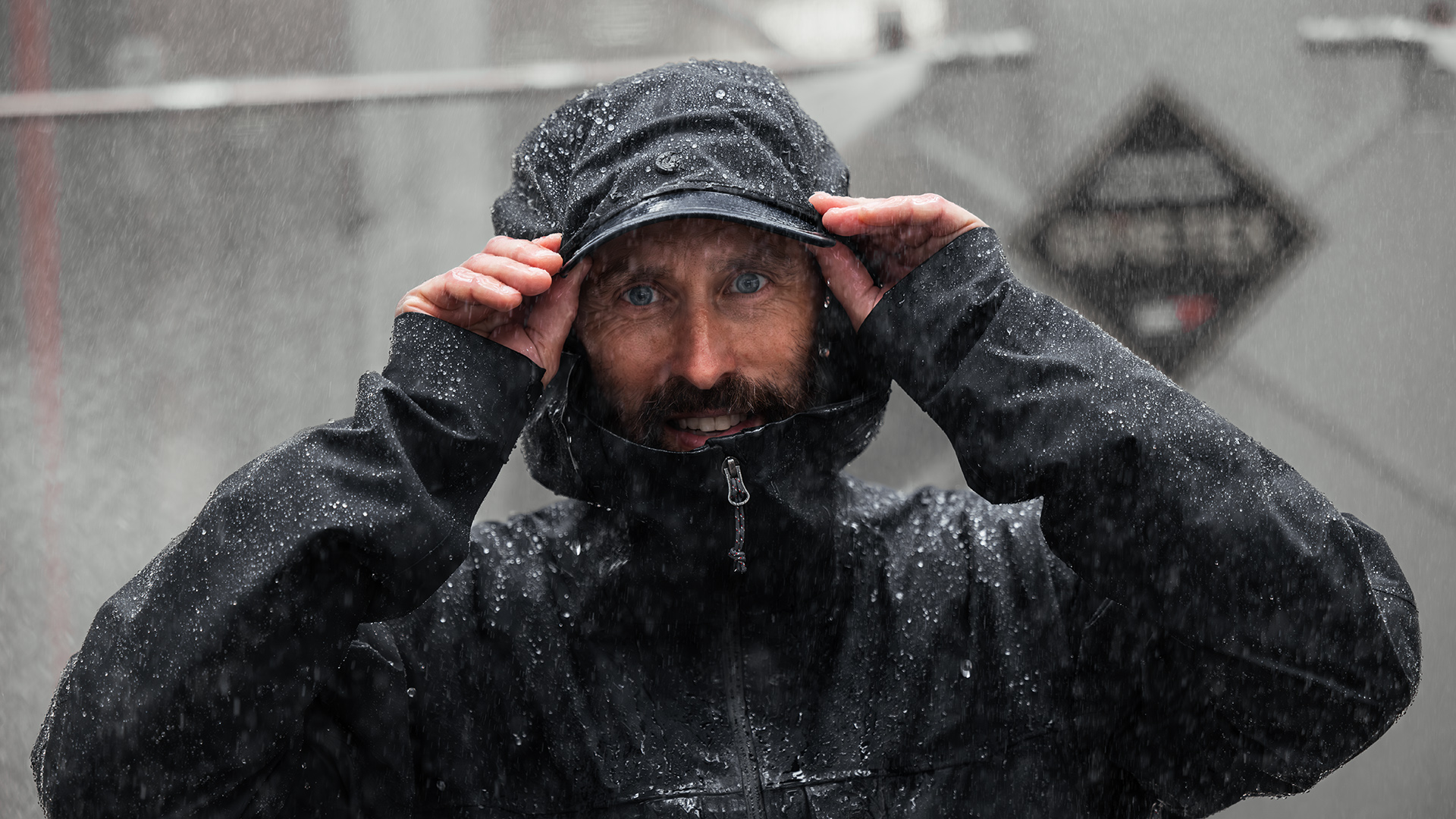
Fjallraven and GORE-TEX are back together – and they’re going above the treeline
Two legends of outdoor gear reunite after 30 years for a next-gen shell collection with sustainability at its core
By Matt Kollat Published
-
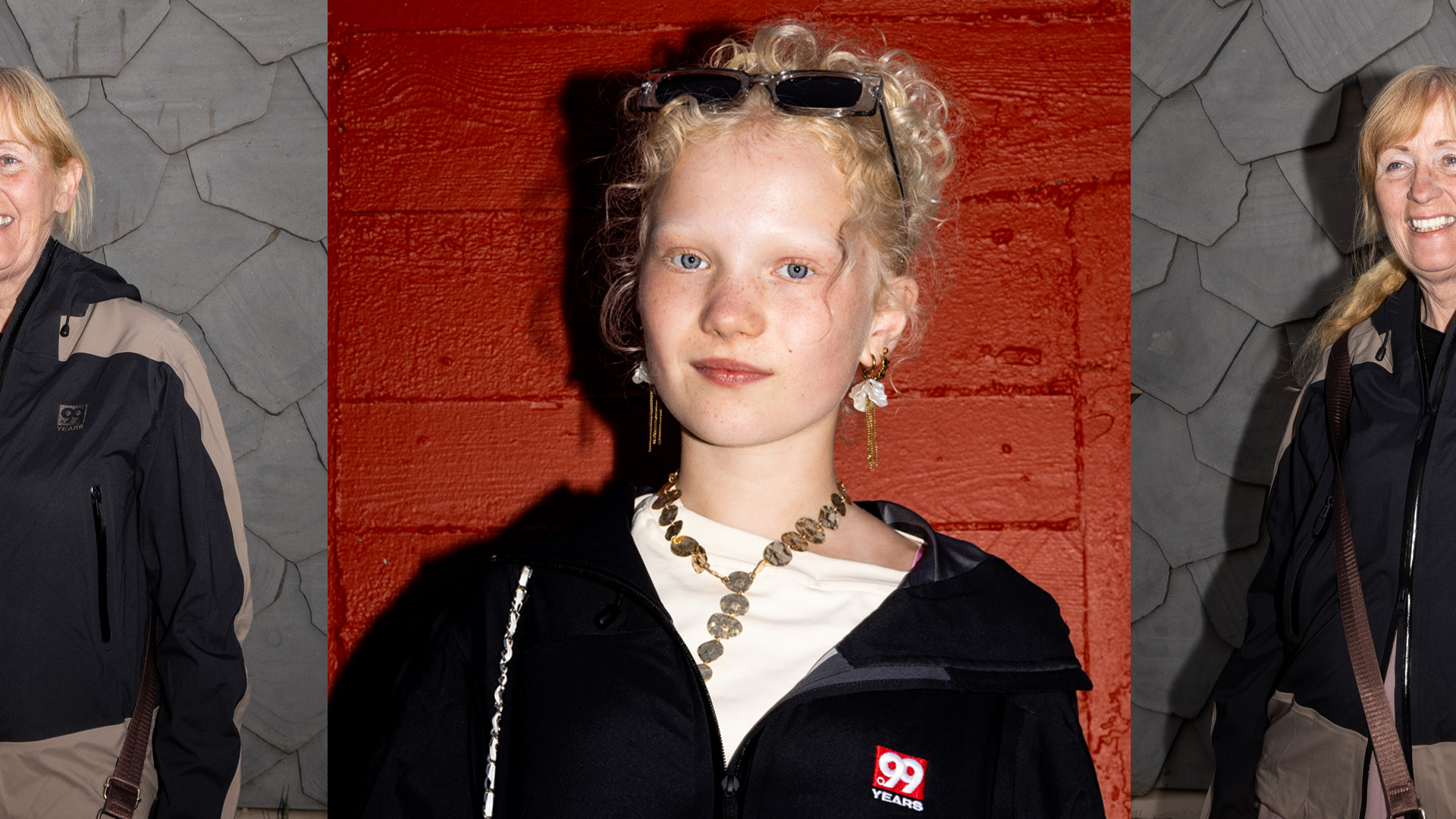
66°North flips its logo (and the script) for a bold anniversary collection
The Icelandic outerwear brand celebrates nearly a century of braving the elements with an ultra-limited capsule collection
By Matt Kollat Published
-
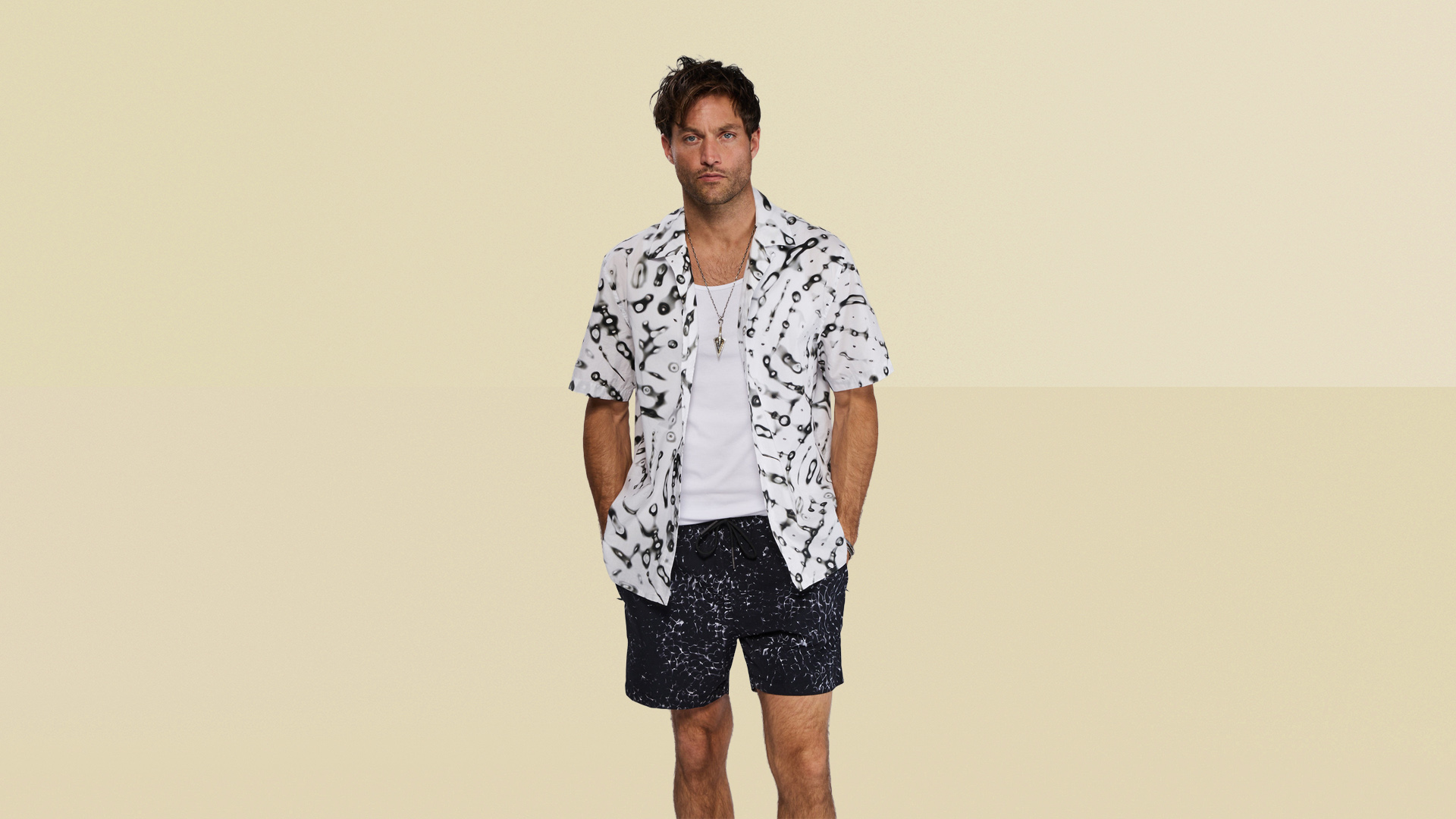
You’re looking at clothes designed by sound, and they might be the wildest thing Vollebak’s ever made
New Cymatic range turns summer clothes into a science experiment you can wear
By Matt Kollat Published
-
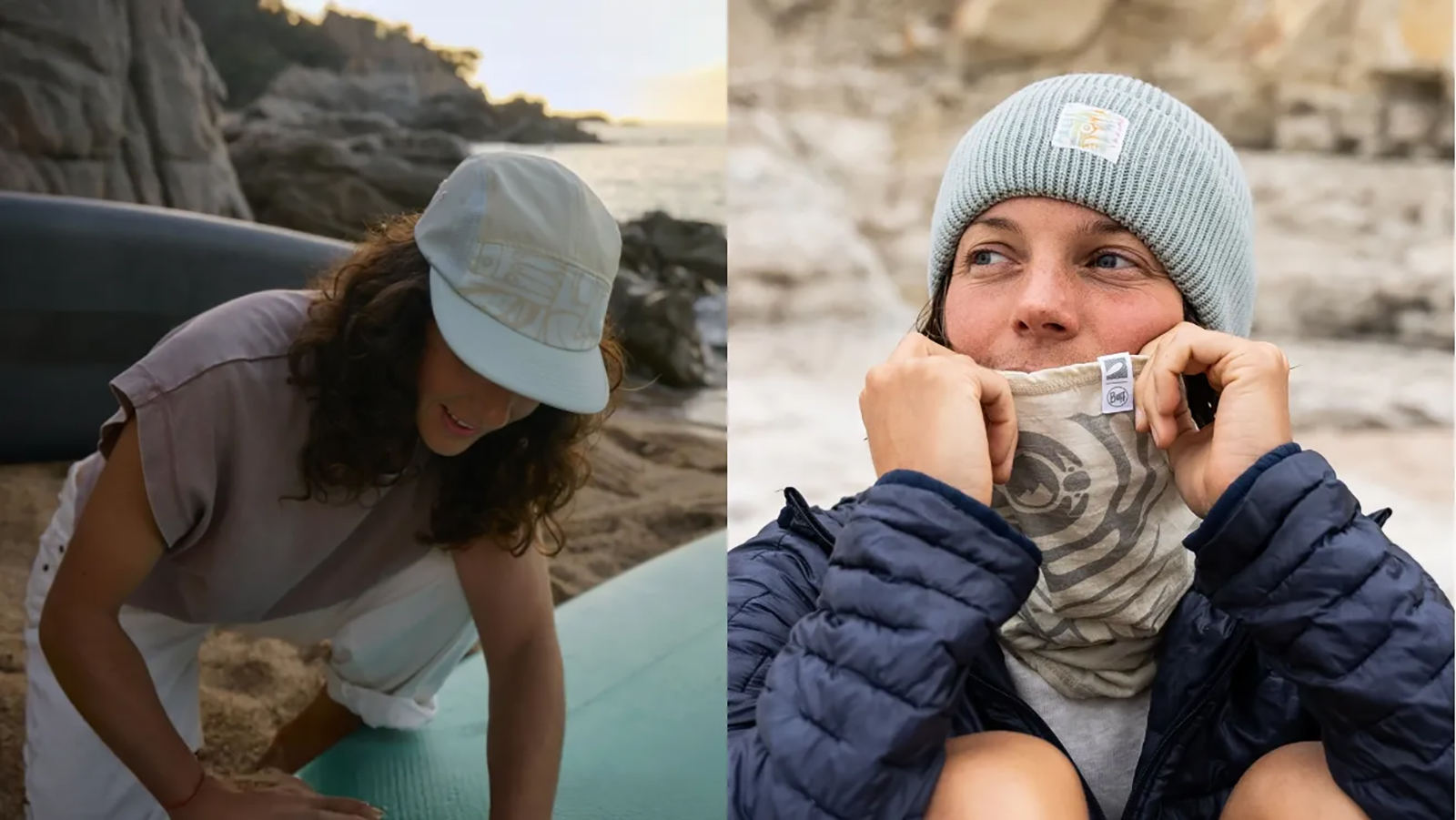
This beach-inspired BUFF drop won’t last long, and that’s exactly the point
BUFF teams up with Surfrider Foundation and artist Ian Ross for a striking, sustainable collection that celebrates impermanence
By Matt Kollat Published
-
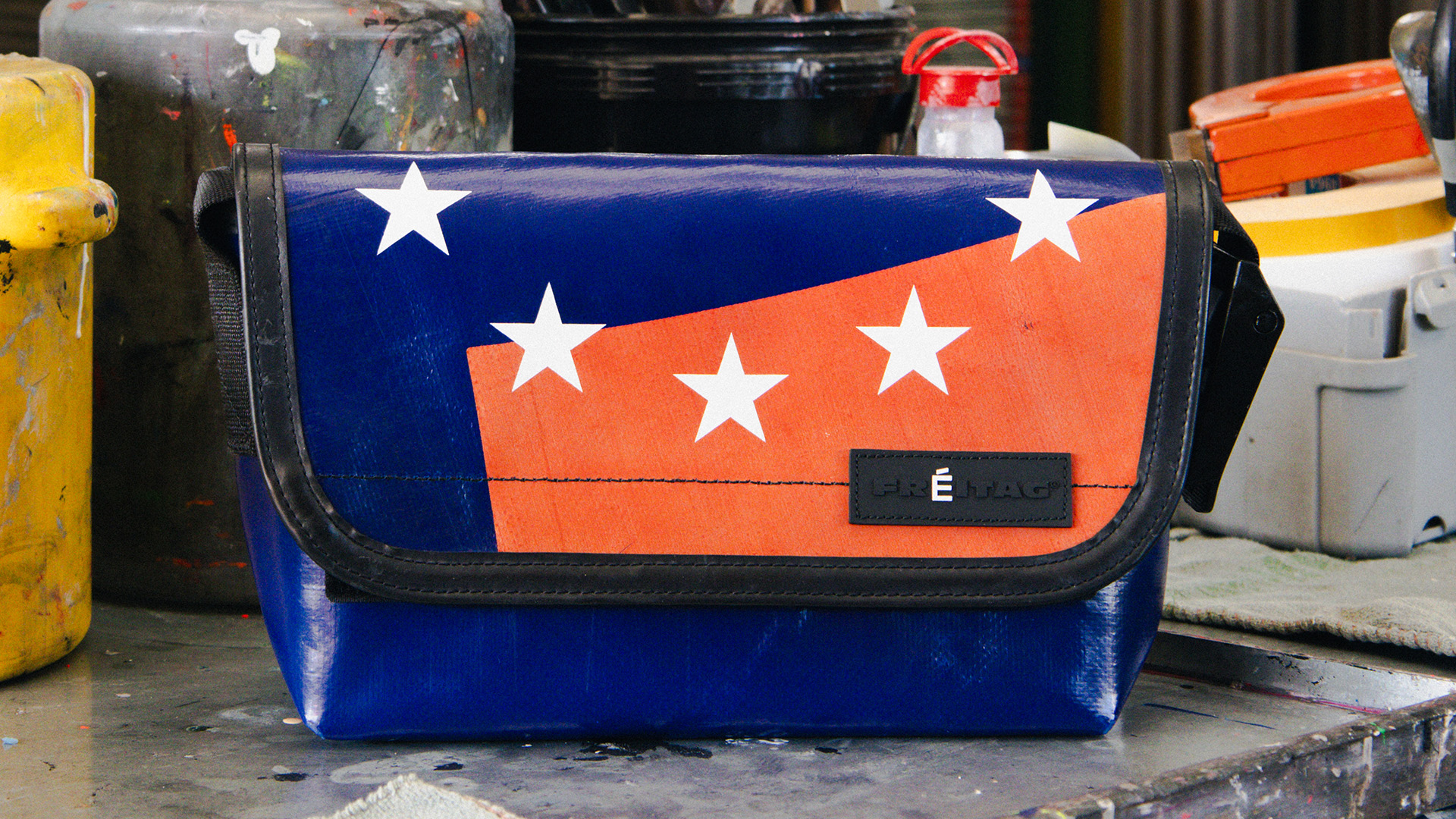
FREITAG’s cult messenger bag just got a high-fashion makeover with help from Paris design rebels
The limited-edition Études Studio x FREITAG F41 HAWAII FIVE-0 blends upcycled design with EU star power
By Matt Kollat Published
-
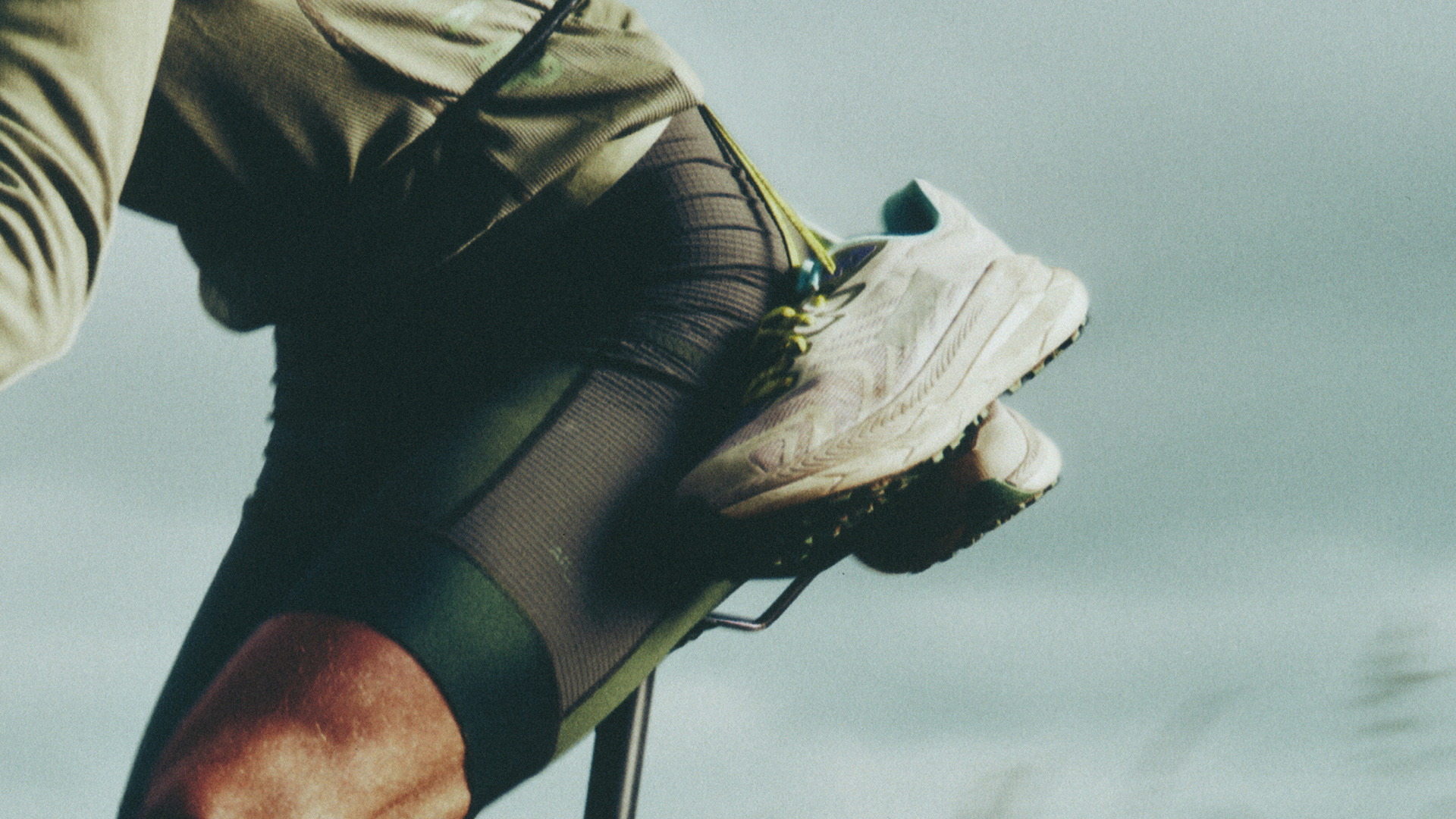
HOKA’s fastest trail shoe gets a MAAP makeover and it looks seriously sharp
It’s a collab built on mutual respect (and serious mileage)
By Matt Kollat Published
-

New Balance 471 brings retro runner energy to modern street style
Inspired by ’70s performance icons, this low-profile silhouette mixes vintage quirks with everyday wearability
By Matt Kollat Published
-

Forget hot hikes – this Columbia gear is designed to keep you cool as a cucumber
Beat the heat with advanced cooling and sun protection tech
By Bryony Firth-Bernard Published
-

I can’t stop looking at Saucony’s new Keith Haring ProGrid Triumph 4
Keith Haring’s artwork is really having a moment right now
By Matt Kollat Published
-
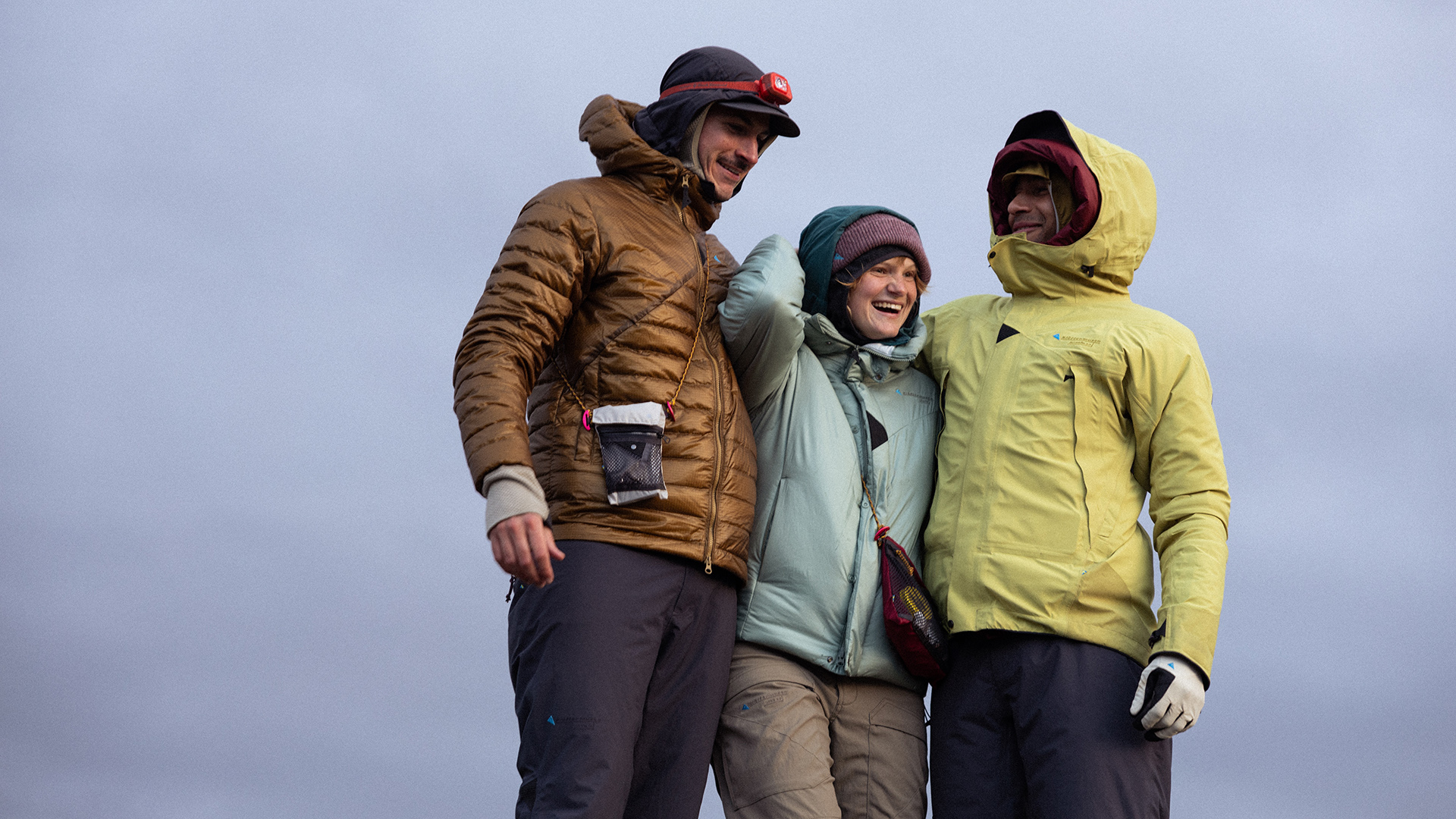
Best waterproof jackets 2025: coats to weather any storm
Waterproof shells to keep you dry, whatever the weather
By Matt Kollat Last updated
-

Liam Gallagher’s legendary Berghaus jacket is back, just in time for the Oasis reunion
Dress like it’s 1997
By Matt Kollat Published
-
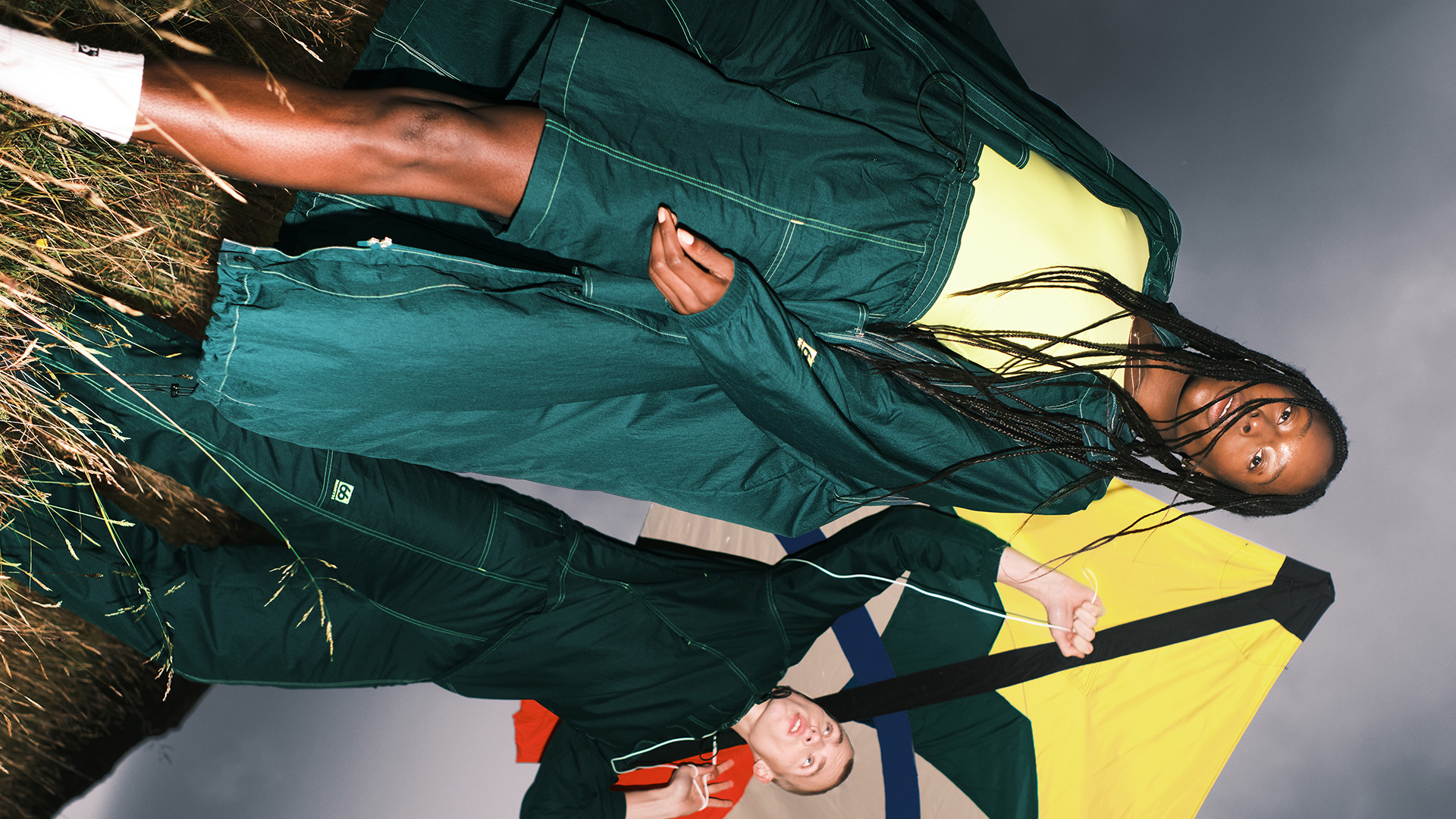
Why this sustainable, packable gear is the festival essential you need in 2025
If you’re trying to pack smarter and tread lighter this summer, 66°North just made it a lot easier
By Matt Kollat Published
-
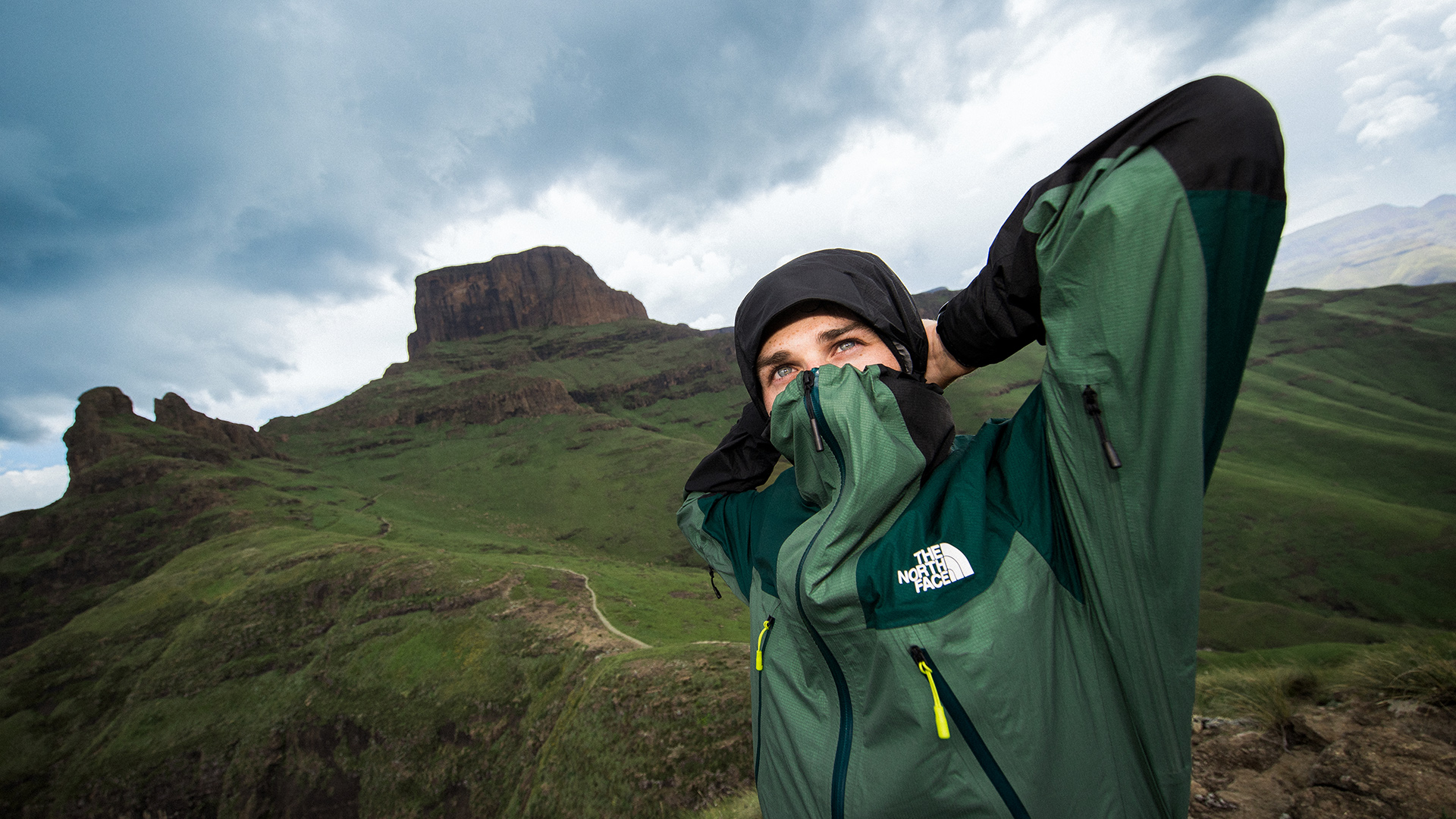
Why The North Face’s latest modular outdoor gear matters more than you think
All-Mountain Purpose is The North Face’s answer to multi-sport exploration, modular gear systems and next-gen sun protection
By Matt Kollat Published
-

Like hiking but hate mosquitoes? This Columbia gear has you covered
Their new outerwear collection uses Insect Shield technology to help keep bugs at bay
By Bryony Firth-Bernard Published
-
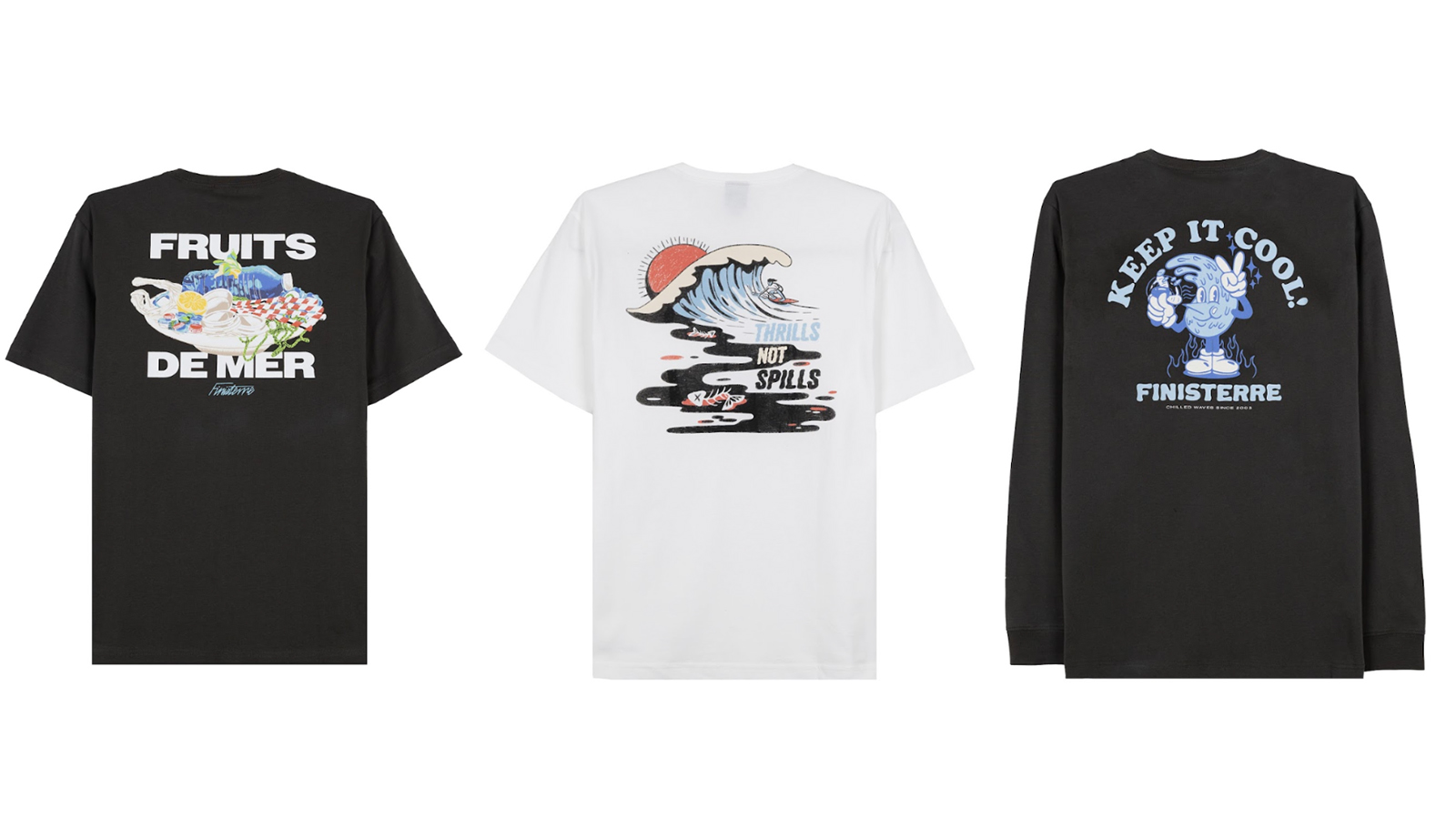
These limited-edition t-shirts help fight for the future of our oceans
If you care about the ocean even half as much as Finisterre does, this one’s for you
By Matt Kollat Published
-
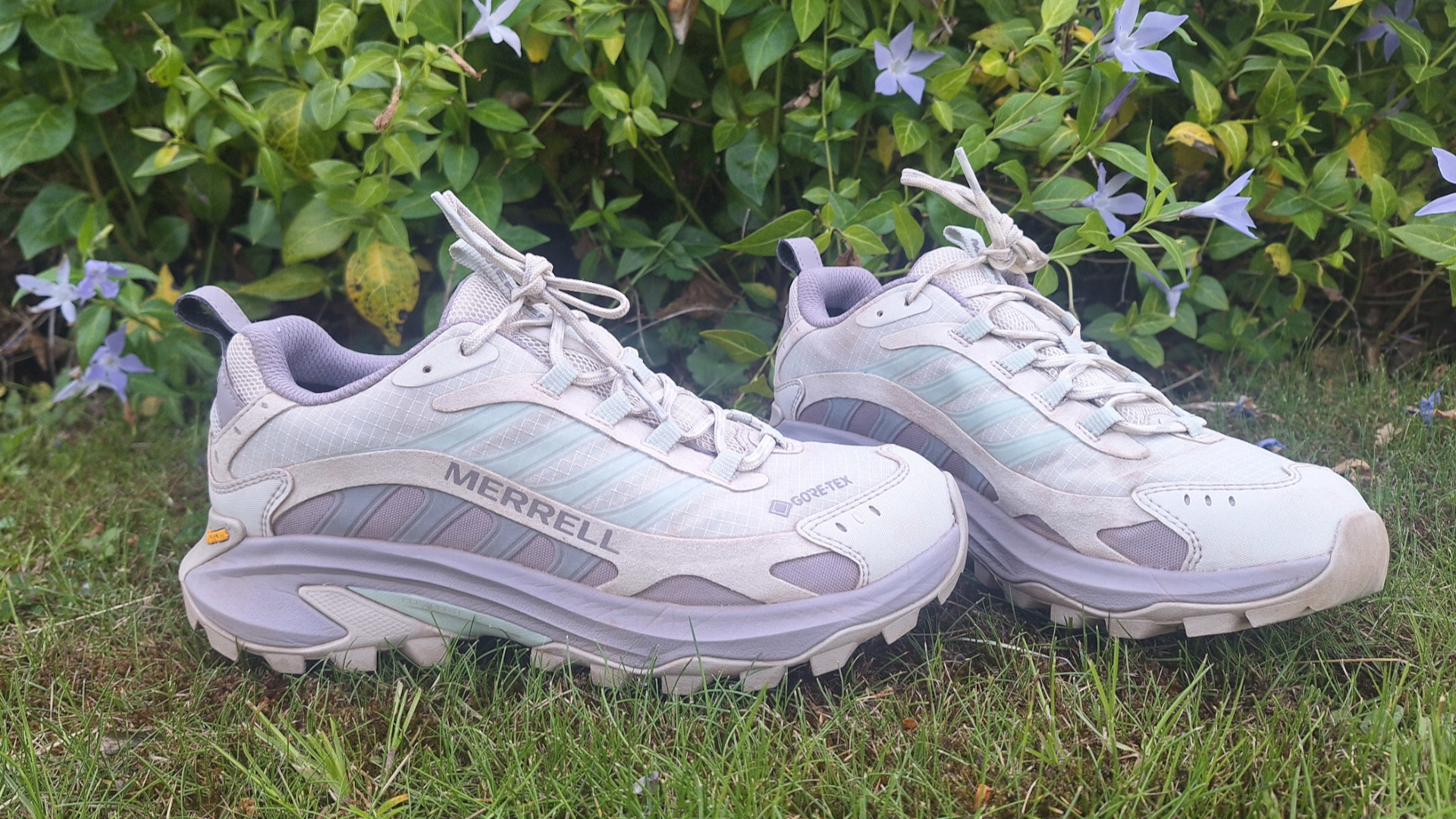
Merrell Moab Speed 2 GTX review: a speedy hiker, with a fashion-forward design
Ultra-lightweight, comfy, and effortlessly stylish
By Bryony Firth-Bernard Published
-
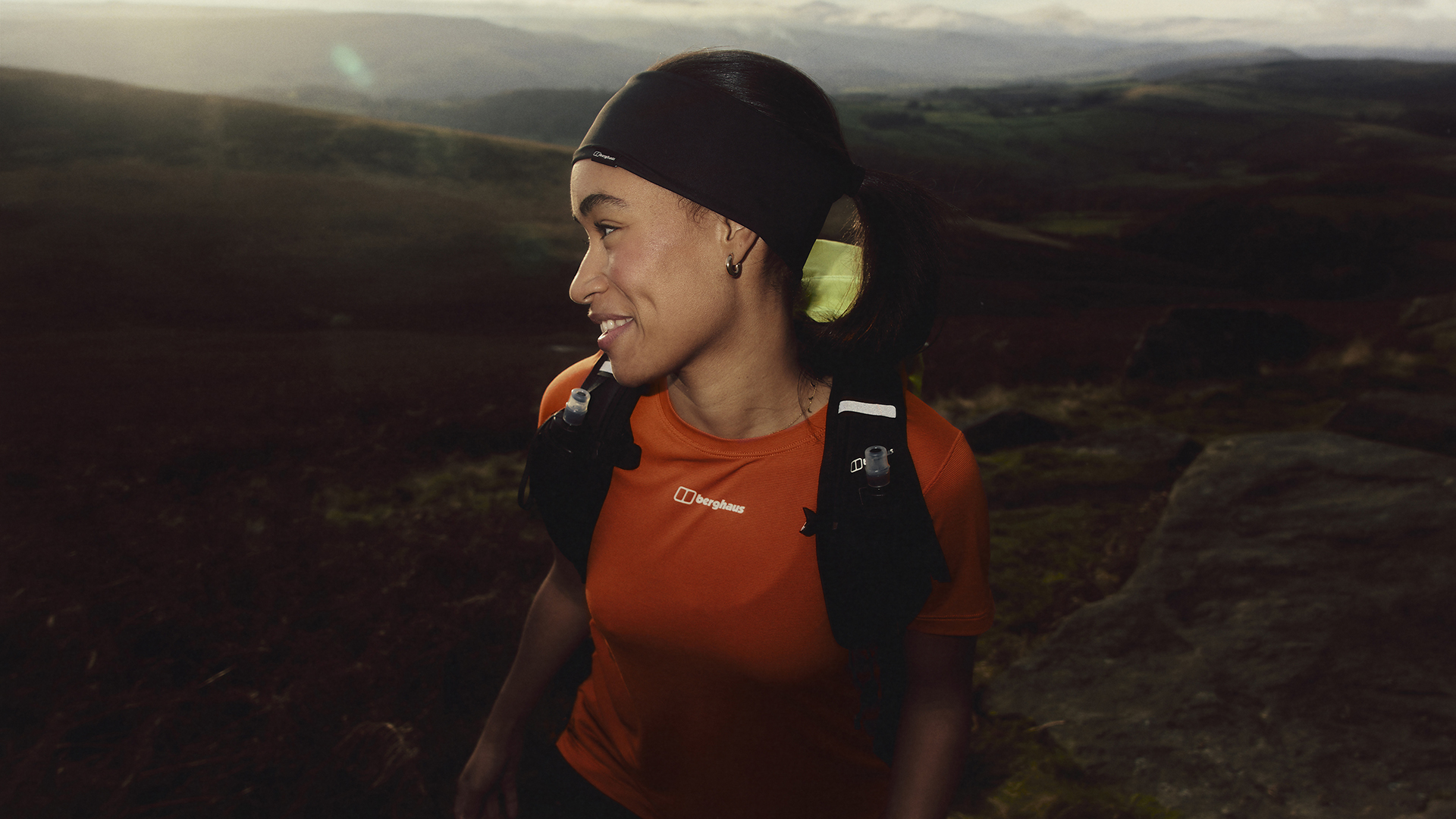
11 clever hiking upgrades you didn’t know you needed in 2025
From shandals to packable fleeces, here are the most essential hiking and walking upgrades for this year
By Matt Kollat Published
-
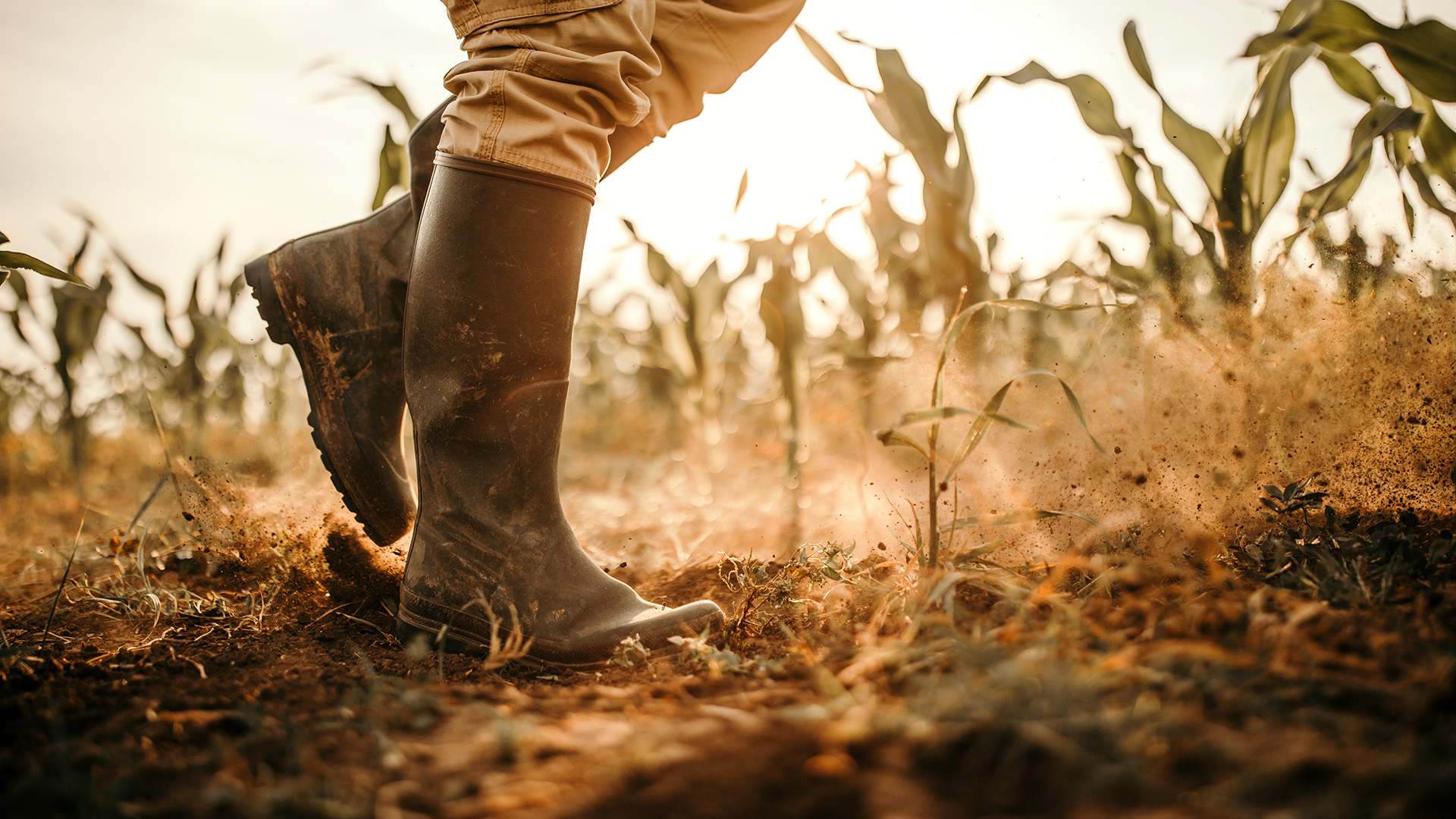
Best wellies for men 2025: waterproof boots for hiking, walking, and festivals
Find the best wellies for protecting your feet in any weather and during all kinds of activities
By Matt Kollat Last updated
-

11 high-end outdoor jackets that prove performance gear can be pure luxury
Plus affordable alternatives, in case you can't stretch your budget to infinity
By Matt Kollat Published
-
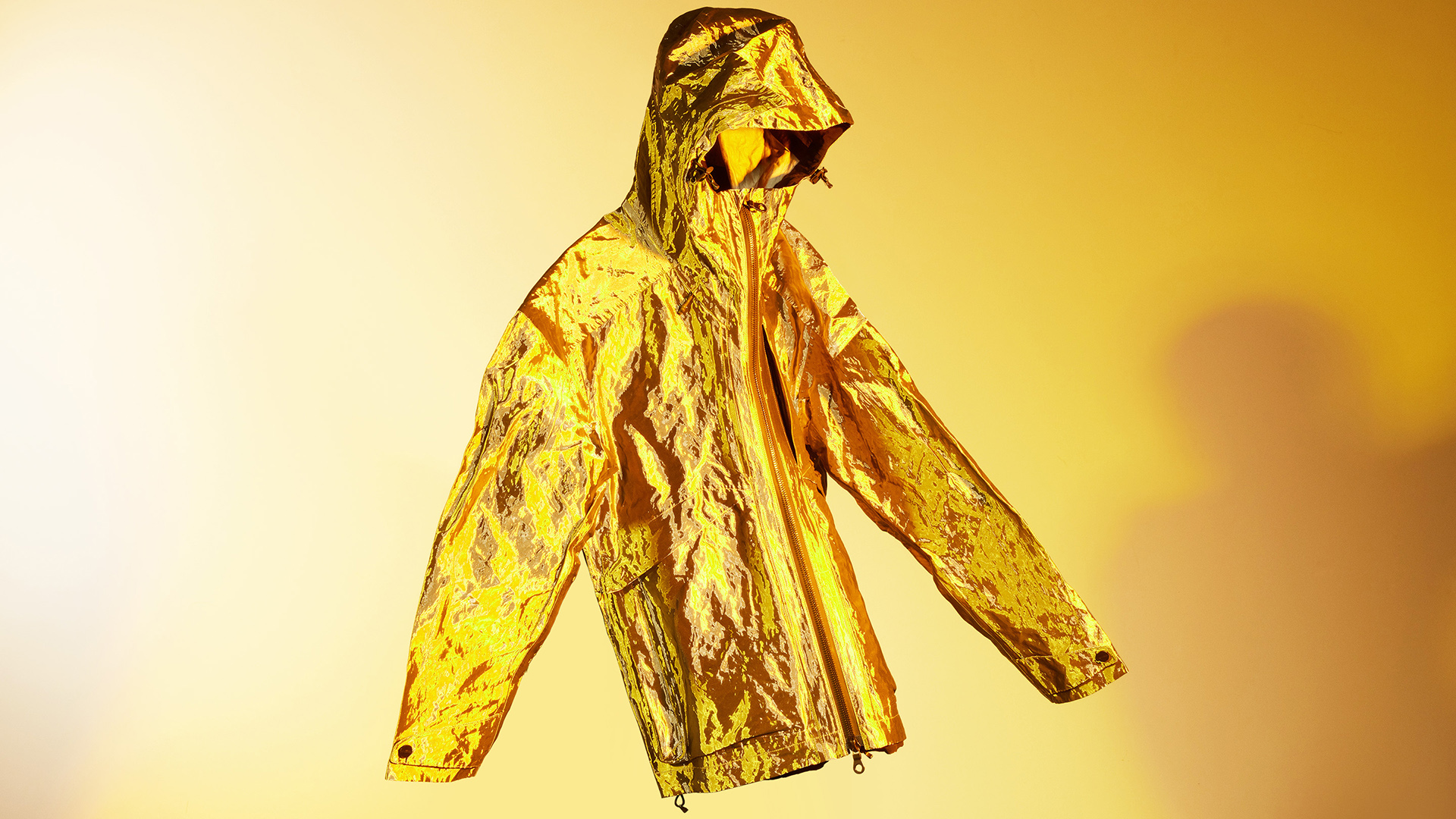
Vollebak's Full Metal Jacket Gold Edition is equal parts luxury, science fiction and bio-armour
The most luxurious survival jacket ever made? Possibly.
By Matt Kollat Published
-

Under Armour's new sneaker doesn't play by the old rules
If this is the future of the brand, it's off to a running start
By Matt Kollat Published
-
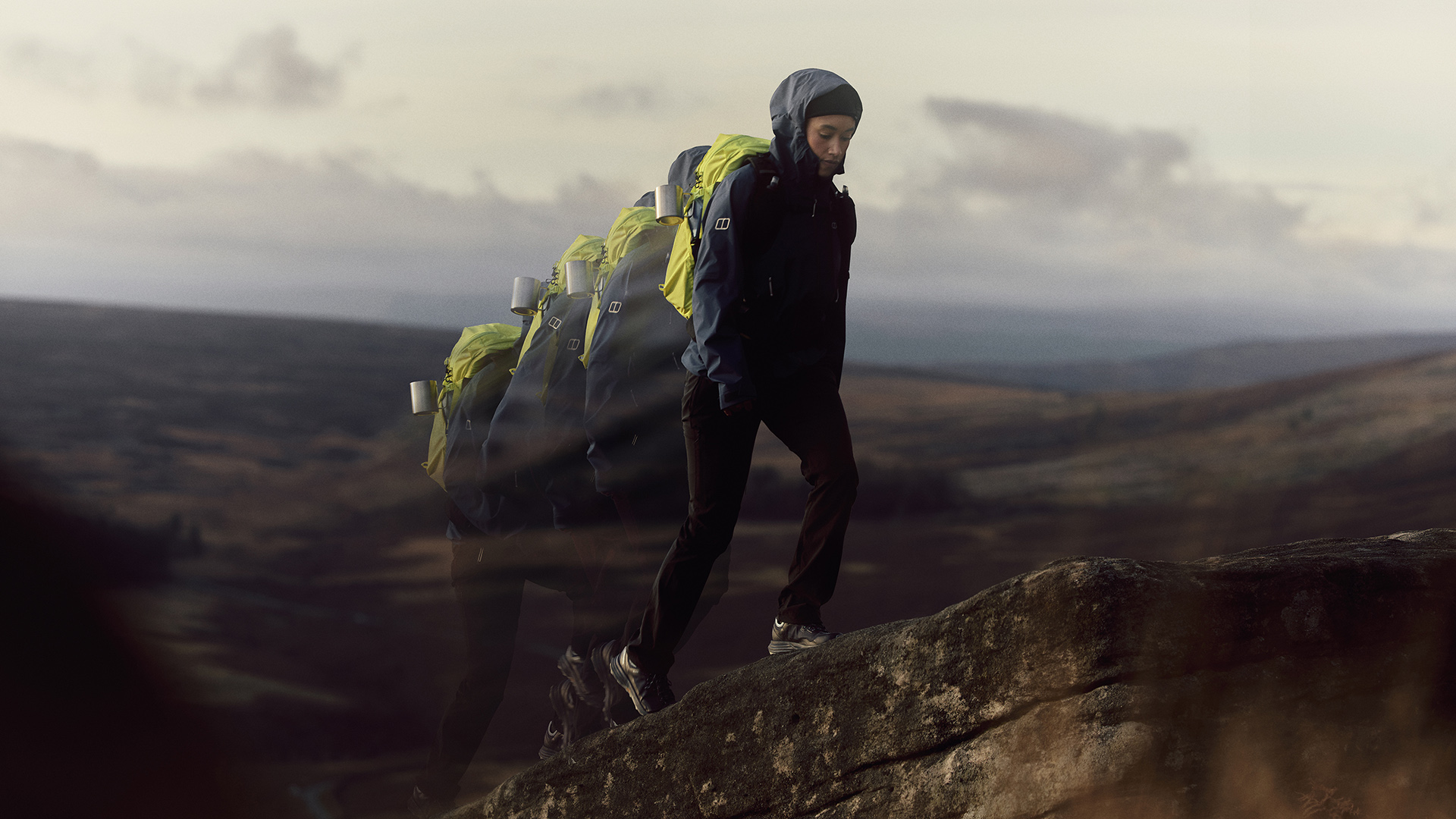
Berghaus wants to be your new favourite street-to-summit brand
The brand's latest Trail Collection brings the company up to speed with some of the most popular outdoor labels
By Matt Kollat Published
